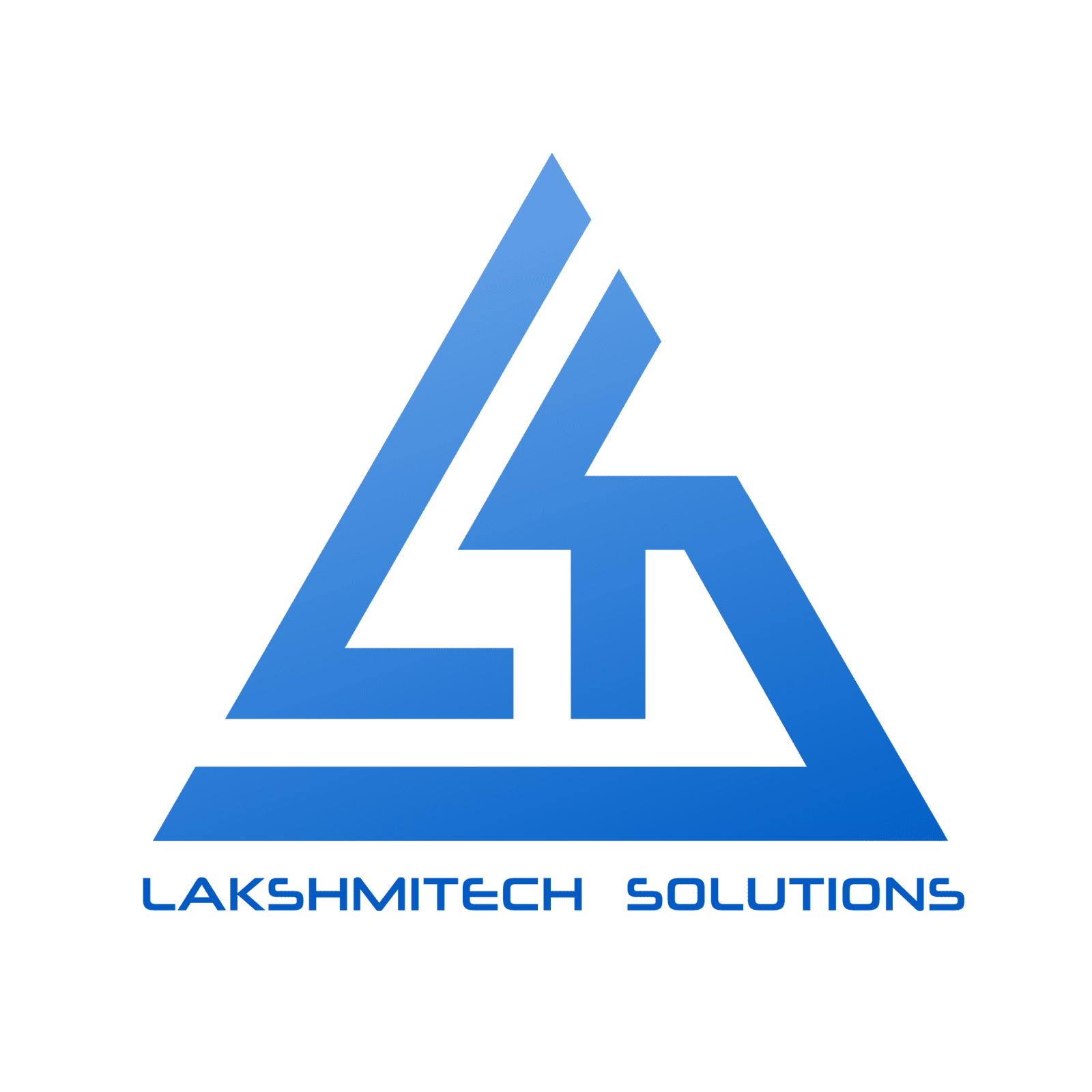
Customer Relationship Management (CRM) systems like Zoho CRM are powerful tools that can transform how businesses manage leads, automate sales processes, and track performance. However, as businesses scale, the subscription and add-on costs of Zoho CRM can add up quickly, especially if you're subscribed to advanced tiers or using a wide range of integrations and custom modules.
Reducing your Zoho CRM Cost doesn’t mean compromising on functionality. In fact, with the right strategies, you can optimize usage, streamline processes, and maintain (or even enhance) performance—all while staying within budget. Whether you're a startup looking to trim unnecessary expenses or a growing business seeking better ROI, this guide will walk you through proven tips to reduce your CRM costs effectively.
Audit Your Current Usage
The first step toward cost reduction is a comprehensive audit of how you're currently using Zoho CRM.
Questions to ask:
Are all users actively engaging with the CRM?
Are there modules or features that are rarely used?
Do you have automation workflows running that are outdated or unnecessary?
What to do:
Run reports to identify underutilized features.
Revoke access for inactive users.
Consolidate roles and remove redundant profiles.
This alone can lead to immediate savings, especially if you're on a per-user pricing model.
Optimize User Licenses
Zoho CRM offers multiple plans such as Standard, Professional, Enterprise, and Ultimate. Often, businesses subscribe to higher-tier plans for just a few specific features.
Tips to save:
Downgrade licenses: Move most users to a lower-tier plan and only keep key personnel on higher tiers.
Reassign roles: Not every employee needs full access. Sales reps may only need lead and contact modules, while managers can have broader access.
Use add-ons selectively: Instead of paying for all features in the Enterprise plan, check if integrating just one or two paid extensions gets the job done.
Zoho’s flexible structure allows mixing and matching licenses—use it to your advantage.
Automate Smartly, Not Excessively
Automation is a double-edged sword. While it saves time, unnecessary workflows can bloat system complexity and cost.
Steps to optimize:
Review all active workflows, blueprints, and macros.
Identify and remove duplicate or outdated workflows.
Consolidate actions into fewer automation rules.
Additionally, consider using Zoho Flow or Deluge scripting to create Zoho CRM cost-efficient integrations instead of relying on third-party connectors like Zapier, which often come with monthly fees.
Leverage Zoho One (If It Makes Sense)
If you're using multiple Zoho products like Zoho Books, Zoho Projects, Zoho Campaigns, etc., it may be more cost-effective to switch to the Zoho One bundle.
Why it works:
One license gives you access to 45+ Zoho apps.
Reduces individual product subscription costs.
Simplifies billing and user management.
Caution: Ensure you're using enough Zoho apps to justify the Zoho One license fee; otherwise, it may not be a saving.
Customize Instead of Paying for Add-ons
Many Zoho Marketplace extensions are paid tools, but similar functionality can often be recreated with custom modules, fields, and Deluge scripting—for free. Examples:
Instead of a paid quote generation tool, build a custom module for quote templates.
Use workflow rules with custom functions to trigger alerts or send emails instead of relying on premium integrations.
If you don’t have in-house expertise, hiring a Zoho development partner for one-time setup may cost less than ongoing third-party subscriptions.
Clean Your Data to Save Storage and Performance Costs

As your Zoho CRM Plus login grows, so does your data storage footprint—and sometimes the cost.
Smart tips:
Archive or delete outdated records, emails, and attachments.
Use file links (like Google Drive or Zoho WorkDrive) instead of storing documents directly in Zoho CRM.
Schedule monthly or quarterly cleanups.
Not only does this keep your CRM lean and fast, but it also minimizes the need to buy extra storage.
Consolidate Integrations and APIs
Third-party integrations, especially those with API limits or SaaS fees, can inflate costs quickly.
Steps to streamline:
Review all connected apps and integrations.
Disconnect tools that are not essential or rarely used.
Where possible, consolidate tools (e.g., using Zoho Campaigns instead of Mailchimp).
This also reduces data fragmentation and improves system performance.
Train Your Team
Many cost leaks happen because teams don’t know how to fully utilise the CRM. They either misuse it, request unnecessary features, or rely too much on third-party tools.
How training saves money:
Maximizes use of built-in features.
Reduces support or consulting costs.
Encourages process consistency and efficiency.
Invest in onboarding and periodic training workshops to empower users to work smarter with what they already have.
Schedule Regular Cost Reviews
Zoho CRM integration needs to evolve as your business grows. Features that were essential six months ago might now be irrelevant.
Set up a quarterly review to:
Check billing and license usage.
Review feature relevance.
Plan upgrades/downgrades accordingly.
This habit ensures you're always aligned with your actual needs, not just paying for past assumptions.
Wrapping Up
Paying more for Zoho CRM doesn’t always mean you’re getting more value. Often, smarter configuration, better user management, and selective feature use can deliver the same—or even better—results at a lower cost.
Lakshmitech Solutions specializes in helping businesses get the most out of Zoho CRM Cost without breaking the bank. From license optimization to advanced customization, we can help you streamline operations, boost productivity, and cut costs—all while keeping the full functionality you need to thrive.


